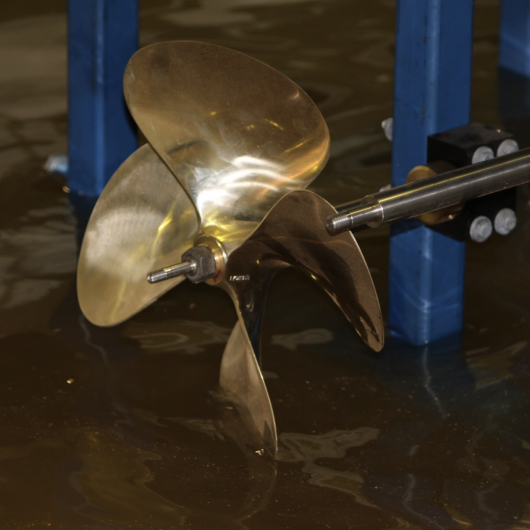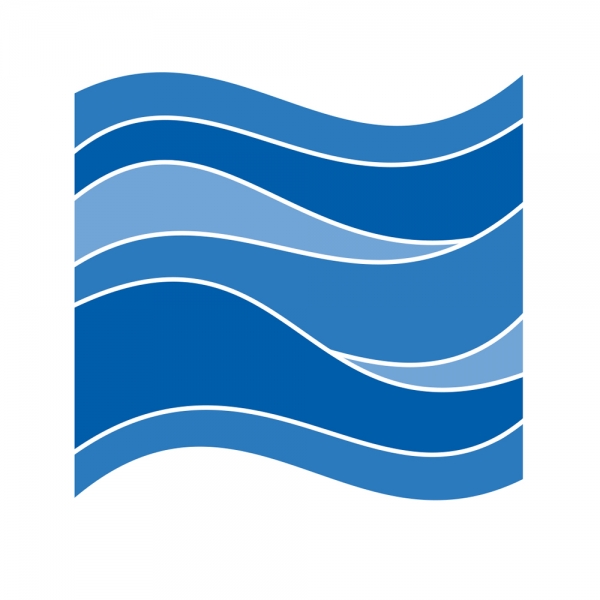Prop-wash basin

The Water Research Laboratory has a dedicated prop-wash facility for the physical modelling of the effects of ship side thruster forces and vessel propeller wash on port and coastal infrastructure. This facility consists of a 4 m x 7 m x 1.4 m deep basin in which project specific bathymetry, mobile sediments and breakwater armour can be installed.
The basin is equipped with four submersible frequency-controlled power motor units and various sized propellers which can simulate a wide range of thrusters or Azipods and vessel types. The combined advantages of testing with large water depths (up to 1.2 m) and high velocity jets (2 m/s) allow WRL to test at unprecedented large scales ranging from 1:10 to 1:20. Independent control of each motor allows for modelling of Azipods or Bow Thrusters.
Measuring high 3D velocities in a model requires specialist equipment such as multiple ADVs. Performance and damage are assessed during testing sequence (transient) using underwater videos (such as uplift of flapping of ACMs) and after testing using 3D laser scanning to assess damage by comparing it to pre-test scans.
-
- 4 m x 7 m 1.4 m deep basin
- Optional section of movable bed for scour analysis
- Up to four simultaneous underwater frequency-controlled motors
- Large range of scaled propellers
- 3D frame for mounting motors and sensors
- Underwater high-speed cameras
- Acoustic Doppler Velocimeters (ADV)
- FARO 3D laser scanners

